FUSION TARGETS TO TAKE UP THE RESPONSIBILITIES OF ETHEREUM(ERC-20) AND NEO POWERED TOKENS.
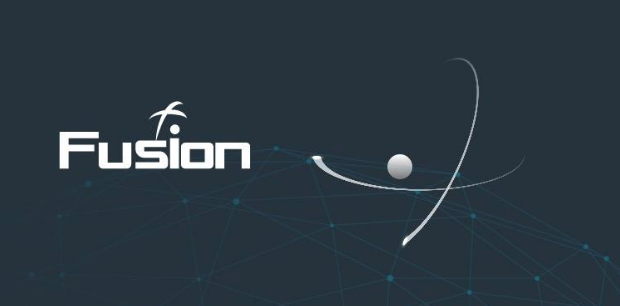
Sourced from Google.com
This is my entry into the contest organized by @OriginalWorks and hosted by the Fusion team.
Before I proceed, i would really like to recommend this project to all investors out there because, after reading the whitepaper, i came to a conclusion that this project is the one that we have been waiting for all these while.
Following the fact erc-20 tokens and Neo powered tokens incur high charges for transactions, on its users and as well the long processes involved in swapping from one token to another, shows that this project(FUSION) would really solve a big problem in the blockchain industry. They want to reduce the high charges and also, introduce simpler steps when it comes to swapping tokens from one form to another. This simply illustrates that the future of cryptofinance lies on the shoulder of FUSION.
As the name implies, it tends to merge together the already existing projects and has also made plans for the future arising projects on the blockchain network.
FUSION wants to set up a new platform for finance using as many cryptocurrencies as possible.
Just like how the email system replaced the old postal service system, FUSION does not want to replace the old traditional service system, rather it focuses on creating an entirely new system with greater efficiency and interoperability.
Now, What Exactly is FUSION?

FUSION is a public blockchain devoted to providing cross-chain and cross-organisation solutions. In other words, it aims to create a way to transfer value between assets, whether centralised (stocks, bonds, other traditional financial assets) or decentralised (blockchain tokens and cryptocurrencies). One of the benefits of having a cross chain financial platform is that it allows different blockchains to communicate and transact businesses with one each other.
The FUSION network will accomplish its goals by letting APIs aggregate different blockchain tokens, off-chain values, and data sources into one public blockchain. Thus a variety of tokens and assets can be mapped onto the blockchain, making it possible to create multi-coin smart contracts so users from different blockchains can interact with each other on a trustless basis. FUSION is, in a sense, a “blockchain of blockchains”.
In terms of security, the platform implements a proprietary piece of technology called Distributed Control Rights Management (DCRM) which distributes the control of private keys throughout the public blockchain.
How the ability to map chains and transaction logic improve interoperability
While the Internet of Information has been able to transfer and program texts, pictures, audio and video as a unified bit information, the Internet of Values still has difficulty communicating values in different blockchains, not to mention off-chain values and off-chain data.
The Internet of Values requires not only cross-chain communication but also communication with existing centralized organizations and external datasources. Since currently blockchains cannot interoperate with other blockchains (synchronization of state machines), tokens on different blockchains cannot trade with each other. Since currently blockchains cannot interoperate with outside centralized organizations, it makes off-chain assets difficult to be mapped on the chain. Since current blockchains cannot read off-chain data, it makes current blockchains’ “smart” contracts blind or dumb and cannot see or communicate with the outside world.
Taking cross-chain technology as an instance, cross-chain communication currently is extremely difficult, not to mention developing cross-chain smart contracts. At present, there are already thousands of tokens, but each token can only move freely on a single blockchain and form its own ecosystem of wallet, smart contract development tools, etc.
The existing blockchain ecosystems actually are island ecosystems, and the Internet of Values is far from being truly interoperable.
Below is a picture of how the project would be like. It's architecture
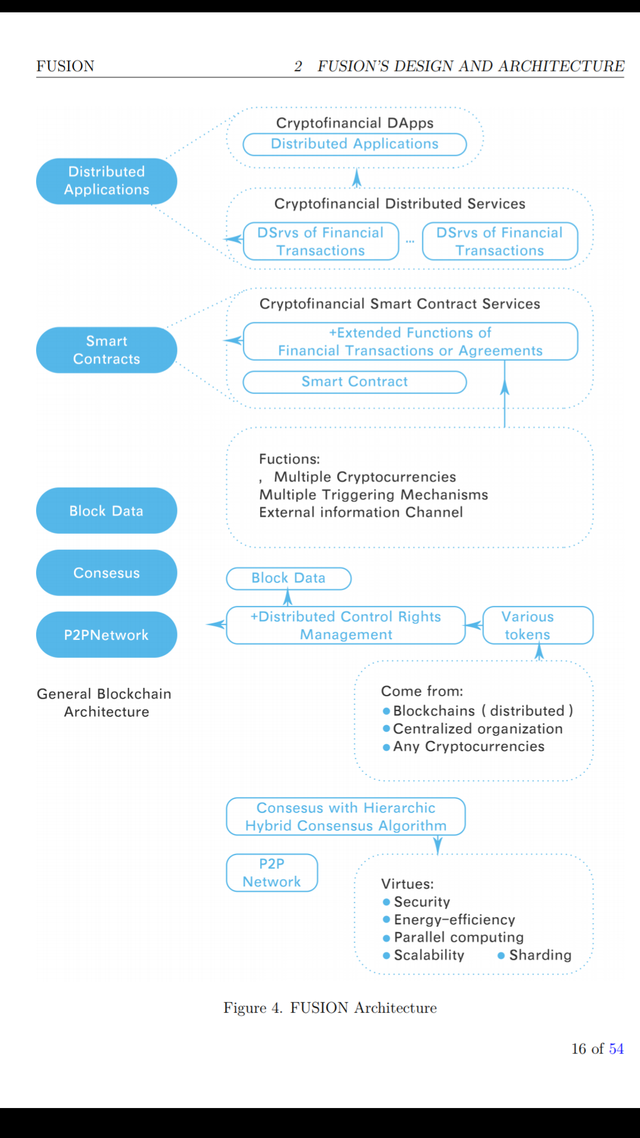
It's use cases are discussed below:
Using Fusion for High-Fidelity Alerting
With Fusion’s ability to customize threat intelligence before it’s sent to a third-party solution, organizations are now able to hand-select what threat intel they want to use for correlation and alerting in a SIEM, or other monitoring and alerting tools. In addition, the process is quite simple, using our intuitive web UI for selecting and manipulating data.
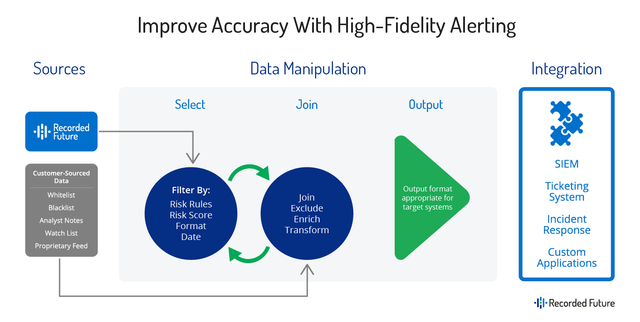
Detecting endpoints infected with RAT controllers.
For this use case, we correlate IPs recently detected as RAT controller hosts (external threat intelligence) with an organization’s IP addresses from outbound network connections. The data first selected is the RAT Controller IPs list (a risk list included in Recorded Future). The data is then enriched with available intelligence in Recorded Future and transformed into a CSV file format. Then, the data is output for integration with a solution, such as a SIEM, for correlation with customer-sourced outbound traffic logs. The results will show which IPs are related to the RAT controller IP risk list and are enriched with Recorded Future intelligence.
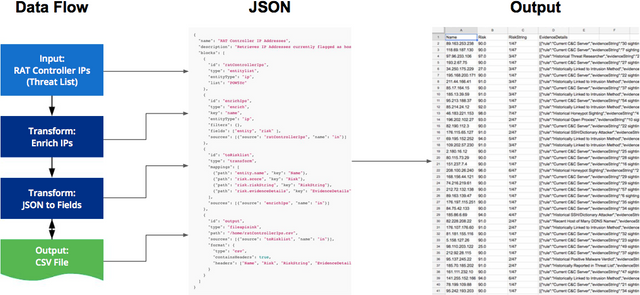
Detecting suspicious VPN connections.
Here, we are looking for connections to the organization’s VPN from external IP addresses not seen before that have also been observed accessing dark web sites and messaging servers (indicating that they are being used by potential threat actors as proxies). For this use case, two input sources are combined: “IPs Used by Threat Actors” and “Messaging IPs Used by Threat Actors” (both risk lists included in Recorded Future). The combined IP risk list is then enriched with all of the threat intelligence available in Recorded Future and formatted for output as a CSV file. The customized risk list is then input into a a third-party solution for correlation and alerting.
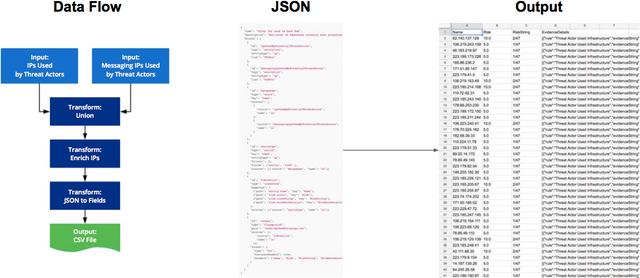
Detecting suspicious login failures.
In this example, we create a custom risk list by joining three separate risk lists from Recorded Future: IPs identified as Tor nodes, IPs reported as open SOCKS proxies, and IPs recently associated to botnet-style fast flux DNS activity. Once joined and exported, the IP risk list can be correlated with failed VPN login events to identify potential credential stuffing attacks.
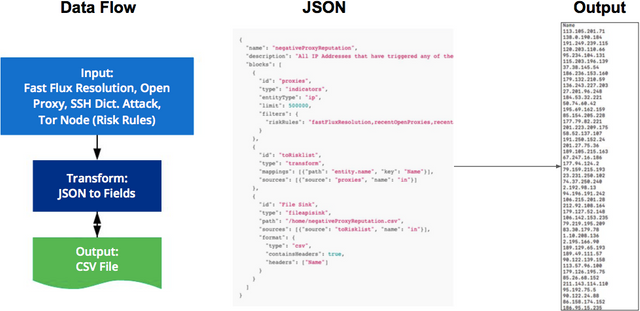
The team is made up of experts in the blockchain industry with its CEO as Dejun Qian, who is also the founder of the famous Vechain project.
https://steemit.com/crypto/@originalworks/370-steem-60-bonuses-sponsored-writing-contest-fusion
As at the time of writing this article, reference were made from the following:
Fusion's whitepaper
https://www.recordedfuture.com/high-fidelity-alerting/
http://www.information-age.com/cross-chain-technology-crypto-community-123470917/
fusion2018
Go here https://steemit.com/@a-a-a to get your post resteemed to over 72,000 followers.
This post has been submitted for the @OriginalWorks Sponsored Writing Contest!
You can also follow @contestbot to be notified of future contests!
Wow! This is something bro. I guess i'll have to find out about how to inveat in this.
Thanks for this!
Yea welcome
Nice article bro....keep it up.
Yea thanks mann